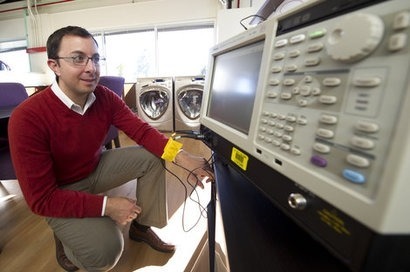
The OATI GridSafe Public Key Infrastructure (PKI) security mechanism has now been granted a patent from the US Patent Office. The development of GridSafe has benefitted from more than 12 years of expertise in PKI security and sets a new standard for how grid edge devices and other high security Internet of Things (IoT) devices can be secured and authenticated. GridSafe is the first process that will ensure PKI digital certificate security embedded on IoT devices to ensure device authentification and encryption of all data transmission. This in turn results in fast and simple deployment of connecting grid edge IoT devices in different fields.
“OATI has been committed to the security of the energy industry since its founding more than 20 years ago” said David Heim, Chief Strategy Officer at OATI. “The OATI GridSafe process will continue OATI’s commitment to securing the energy grid and its extension to grid edge IoT devices.”
Sasan Mokhtari, President and CEO of OATI, added that the company is proud of this accomplishment and that with GridSafe, a solution for securing the millions of IoT devices and end points that are necessary for smart grid operations is here.
GridSafe uses industry-leading security infrastructure for energy markets across North America, including OATI webCARES, a PKI and Certificate Authority (CA) that is held to rigorous industry and security standards audits like NAESB WEQ-012, Webtrust, and CA/Browser Forum. OATI will deploy GridSafe as part of its solution for smart grid applications and provide licensing with complimentary products.
OATI provides innovative software solutions that simplify, streamline, and empower the operational tasks required in modern energy commerce and smart grids. The company has more than 1,600 customers in North America where it successfully deploys large, complicated, and diverse mission-critical applications committed to industry standards and stringent NERC CIP guidelines. The company is headquartered in Minneapolis, Minnesota, with an office in Redwood City, California.
Image: National Renewable Energy Laboratory (NREL)
For additional information:

